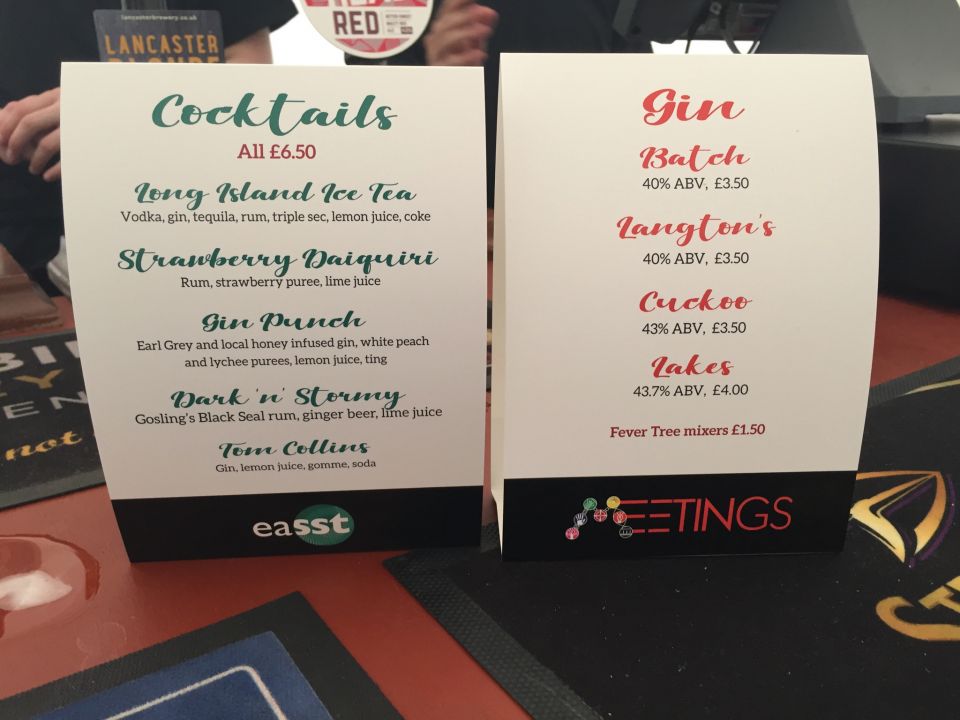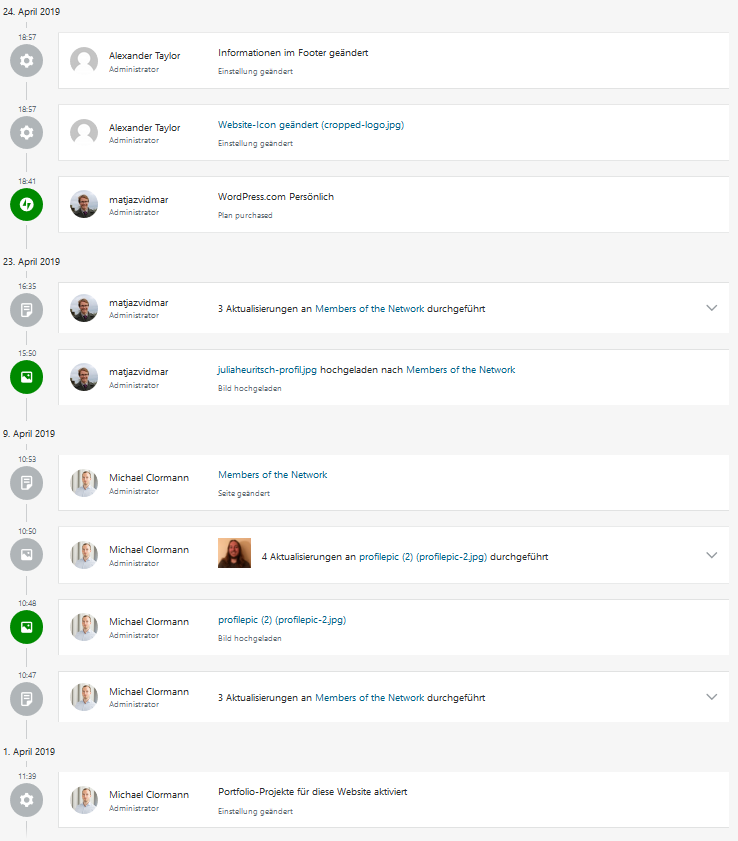Infrastructures of academic life come in different forms. The one that was important for the formation of network was the 2018 EASST conference that took place at Lancaster in July 2018. Here, in the summer of 2018, most of us met for the first time in person. Lancaster University was established in the 1960s and is located outside of a small city in the North West of England. It’s home to the Centre for Science Studies, which organized the European Association for the Study of Science and Technology (EASST) conference in July of that year.
For the conference, Deborah Scott and Valentina Marcheselli, Matjaz Vidmar, Richard Tutton and Franc Mali organized two panels, which featured the work of 11 different speakers on topics that ranged from resource extraction, space weather, “new space” innovation, orbital debris, to multiplanetary imaginaries.
Conferences then are integral parts of academic infrastructure. They provide spaces and times in which scholars can meet and exchange ideas, which also extends beyond the formal academic programme. Initial discussions about creating the network took place on a picnic bench at the penultimate day’s social event in the evening.

In addition to traditional forms of academic infrastructure such as conferences, social media and other digital platforms are also vital to facilitating relationships in academic life. We appreciated that to establish a new scholarly network would also require utilizing such platforms to create new infrastructures. In a significant sense, the network would find expression through the infrastructure we would make for it. This would connect us to wider academic communities and provide visibility. The work of deciding on and creating such infrastructures took much longer to realize than we may have anticipated in the warm afterglow of the EASST 2018 conference. Such work is rarely considered in accounts of contemporary academic practice, but blogging or tweeting is increasingly a part of a successful academic profile. Network members paid for and launched a WordPress site and a Twitter handle late in 2018.

Originally, to build on what we had done at EASST 2018, we planned to hold a roundtable session at 4S in New Orleans. However, after consultation with the conference organizers, we learned about the STS Infrastructures initiative and quickly realized that this would permit us the opportunity to present themes from the work that highlights how outer space technoscience is a contested site of innovation and investment in particular sociotechnical futures, and to reflect on our own experiences of seeking to institutionalizing this work.